Travel moments.

To show you how the interpretation of your marketing communication and your marketing product becomes when you focus it on one of the target groups, we take Adventure seeker Maika and Rest seeker Bert as an example. We'll take you through their unique experience journey and we'll put Google's Travel Moments at the heart of this.

Travel moments
Travel Moments depict the theoretical stages a guest goes through in the orientation, choice and visit of a holiday destination. It starts with becoming aware of the need, or the I.want.to.get.away.moment. At this stage, it is important to come under the spotlight by offering inspiration and getting a positive attitude towards what you have to offer.
Next, the potential guest enters the Time.to.make.a.plan moment. At this stage, more functional information is needed. Information about what flight you will take, where you will stay, when you will travel, etc. The information needed to determine when they will go and where their preferences lie regarding the destination and accommodation.
The information needed to determine when they will go and where their preferences lie regarding the destination and accommodation.
Based on this, the guest makes a decision and proceeds to the Let's.book.it moment. This is the moment of conversion. Once they have chosen you and started the booking, make sure they don't leave! Make it as easy as possible for them at this moment of booking. Build in (a bit depending on the target audience) assurances; make them feel that it will be all right and that they have made the right choice.
After booking comes a the phase between booking and the actual visit. The pre-booking phase, or the Can't.wait.to.explore moment. This phase is often not exploited by organisations, but can be very interesting to use anyway to communicate with your guest. Feed the anticipation, give tips, let them know what the weather forecast is, show the different excursions you offer, ask if you can already arrange something for them...
Then it's finally here: The.moment! This is the moment when you actually start hosting your guest. This is the moment you are going to deliver your service and is therefore essential in your guest's experience. We therefore also distinguish a number of mini-moments in this: Arrival-, Staying- and Departure-moment. In these moments lie huge opportunities to make your guest feel comfortable, and with that, opportunities to blow it. These are the moments that determine whether a guest becomes an ambassador, neutral guest or critic. Aim for the former and your guests will do some of your work in the first two Travel Moments.
But after the Departure moment it doesn't stop there. When your guest has left again, they have entered the Fully.charged.moment - enjoying the afterglow before moving on to the I.need.to.tell.everyone.moment. This final stage will reveal whether you have exceeded, matched or failed to match their expectations. Sometimes visible through reviews, sometimes invisible during Uncle Peter's birthday visit. They show photos and videos, tell stories, point out the locations on Google Maps...
The Travel Moments model is a very fine structure to base the content of your (marketing) communication on. It is good to be aware of the different phases and to deploy what you can in each phase to bring the guest to you and make them happy. Depending on the Moment and the target group you focus on, this is where you choose different channels, systems, messages and/or tone of voice.
How that can be different for different lifestyle groups, we'll show by looking at two quite extremely different lifestyle groups, namely the Adventure Seeker and the Rest Seeker.
Maika and Bert and their Travel Moments
We have already introduced them to you: Maika and Bert. Maika is an Adventure seeker. She wants to experience (new) things. She is active, interested and socially engaged. Bert is a Rest Seeker, appreciates peace and quiet and likes space and regularity. Bert has a strong need for certainty and prefers to go on holiday to familiar surroundings; no strange antics.
<figure
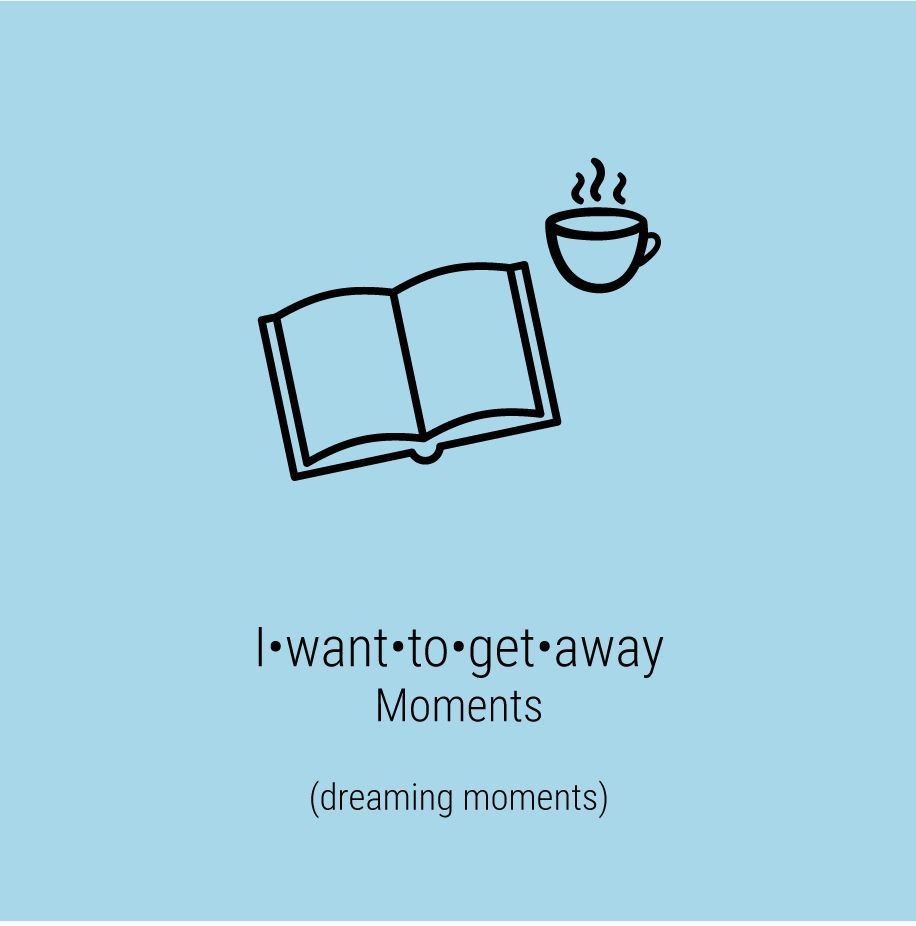
I.want.to.get.away
Directly at this stage, there is already a life-size difference between the two lifestyle segments. Bert, the Rest Seeker, orients himself using (in his eyes) reliable, traditional sources. Through the Kampioen, the holiday fair and his regular travel agent, for example. Maika, the Adventure Seeker would definitely not do this. She uses Lonely Planet Magazine, travel influencers and travel blogs to get her bearings. Maika likes to see stimulating, inspiring images. Bert likes to see familiar, straightforward and clear images. He wants to know where he ends up.
Here it starts! It is essential to know your target audience in order to reach them with your offer at the moment they become aware of a travel need. In the right place with the right words, the right tone and with the right imagery.
This is where you start.
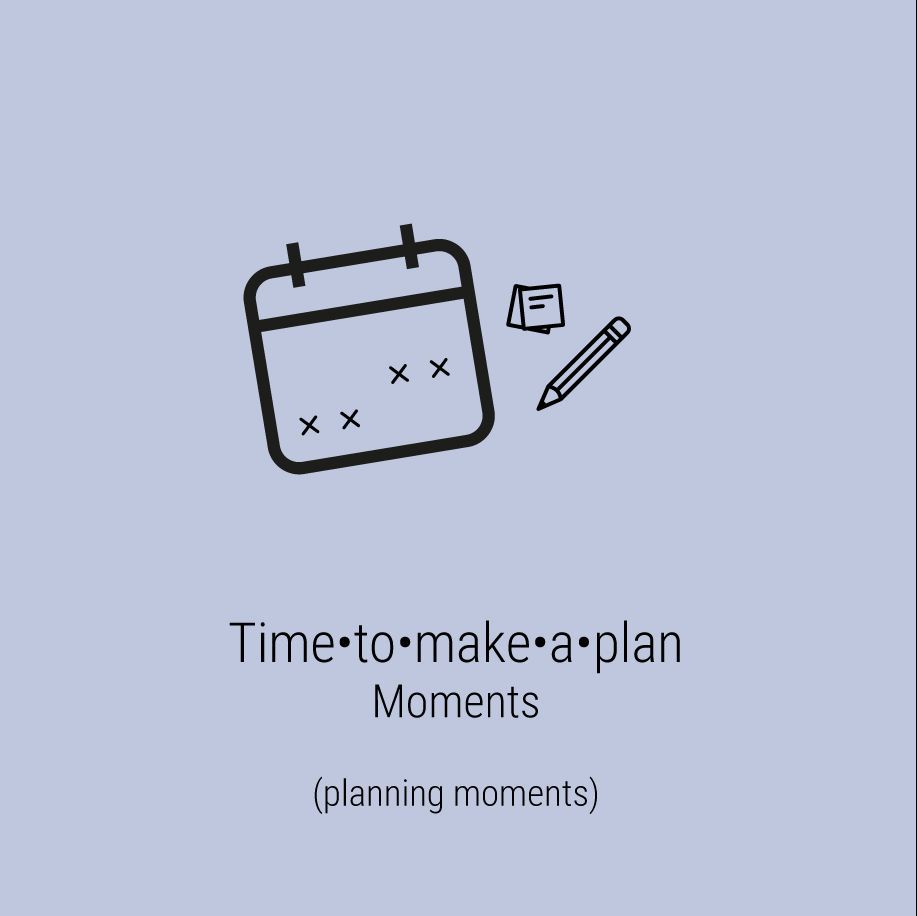
Time.to.make.a.plan
The moment of planning occurs much earlier for Bert than for Maika. Bert often books his holidays almost a year in advance. That gives peace of mind, so it's settled. Maika often goes away last minute, so her moment of planning is often much closer to The.Moment. If we look at the intensity of planning, we see that if Bert is already going to a destination unknown to him (which he is not likely to do), he needs a lot of information about the destination. Bert is looking for safety and that makes him want to know exactly what the costs are and whether he can park his car there (for free). Do they speak Dutch? What is the weather like? How much luggage are you allowed to take? What kind of food is served? Ideally, Bert is looking for a buffet, then he can choose what he likes. In short, if Bert is your target audience, get this information right on your website. Not? Then Bert will look a click further at your competition.
For Maika, this is not necessary. She wants to be inspired at this stage. Can she discover something soon, experience something new? Is it adventurous? Of course she wants to know what it will cost (approximately), but she will see all those practical things when she gets there. Precisely the unknown is the reason why she goes on holiday, she wants to discover, not know everything in advance. For her, themes like sustainability are especially important.
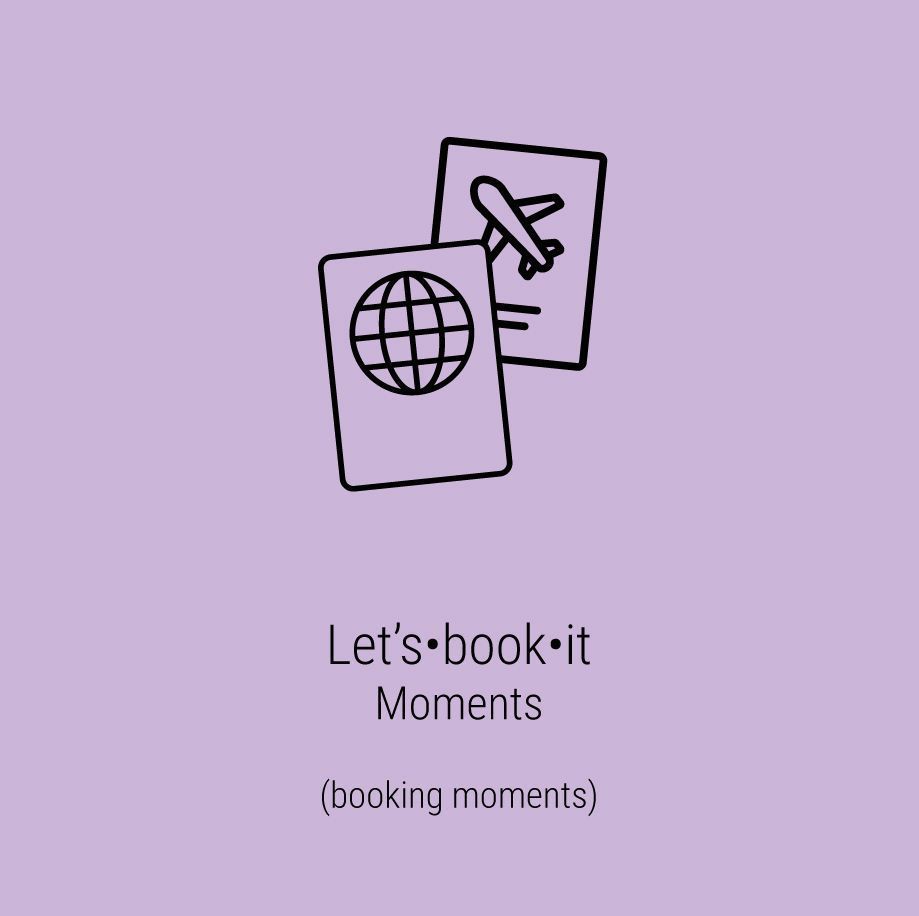
Let's.book.it
It is unlikely that Bert and Maika will meet at their lodgings. Bert prefers to stay on a big campsite, bungalow park or in a hotel of a well-known chain. Maika absolutely does not! She looks for a hostel, boutique hotel, an Airbnb or a basic campsite. Bert also likes certainty when booking. So make sure you have a clear, step-by-step booking process with confirmation by e-mail and maybe even by phone. The possibility to book some things in advance (bike rental, full pension, linen package, cancellation insurance) also suits Bert.
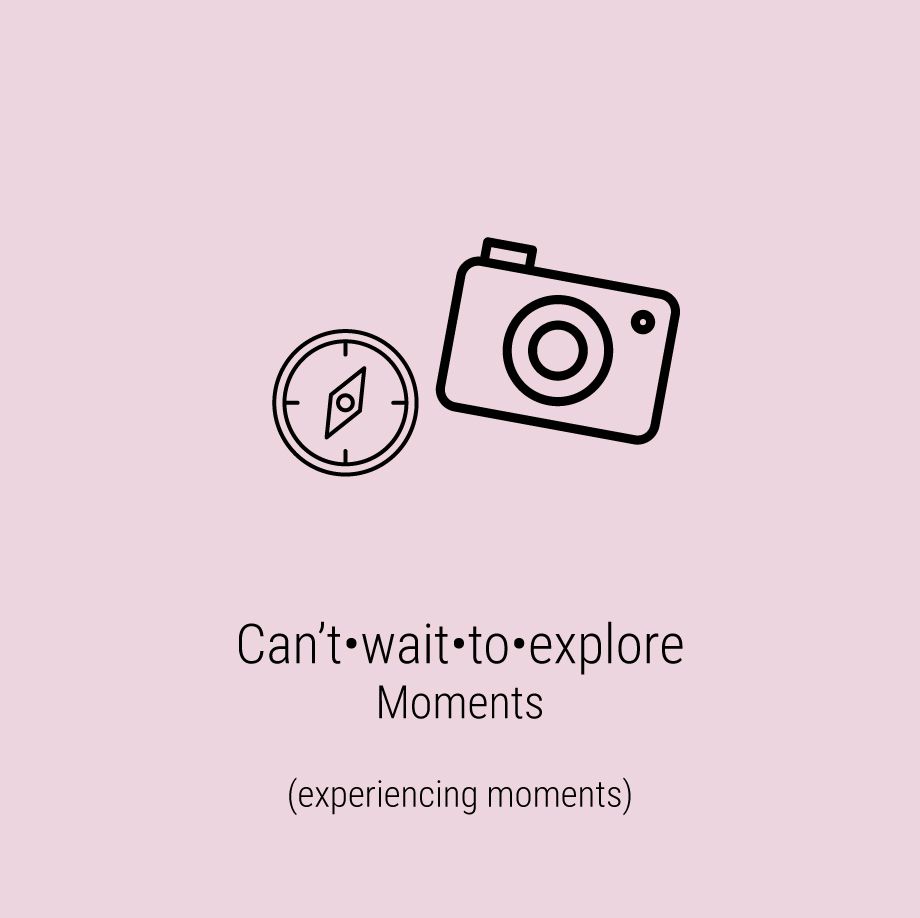
Can't.wait.to.explore
The preteen phase! For Maika, a time to immerse herself in the culture, to seek even more inspiration, to pack her backpack. If you want to interact with Maika during this phase, inspire her with beautiful sights and unique activities. Send Bert a checklist and a list of practical items for during his stay. And let him know in advance which bungalow is reserved for him and make him feel that they are counting on him.
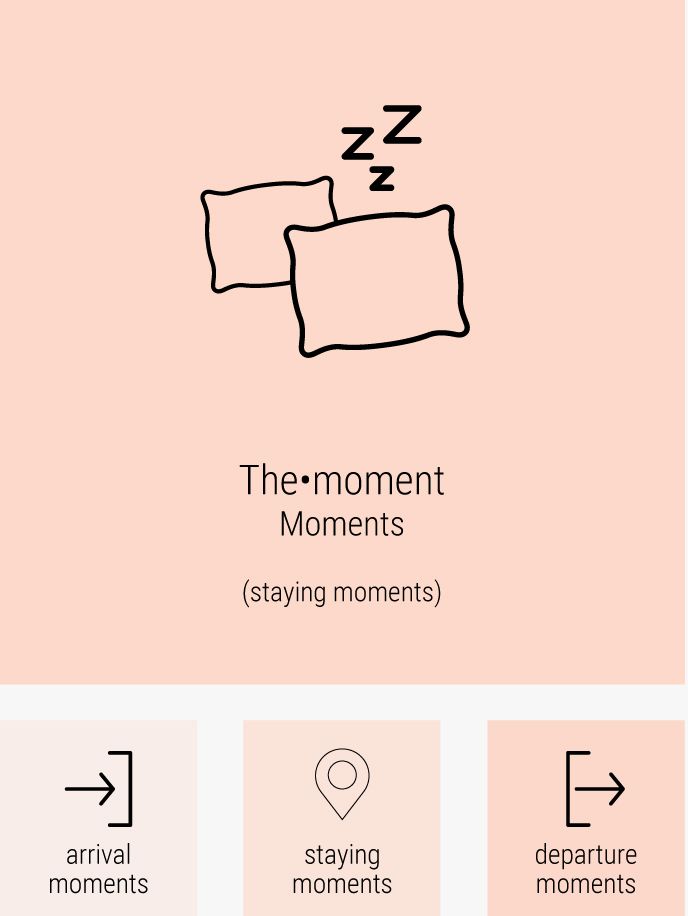
The.moment
When you arrive at the hotel, address Bert as "you". Explain to Bert in detail where he and his wife can find the room, preferably with a map. Tell what time and where they can eat (even then the map is useful), what the Wi-Fi code is, a booklet and map of the area and if they have any questions, that they can always contact this employee. She speaks Dutch best.
At Maika... well you will slowly be able to fill it in yourself: informal, saves herself, even finds it a bit irritating when you start drawing it out on a map... And during the stay, Maika does like to chat with the hotel staff, but not in function, but like a local. She wants to know where the locals eat, where they go in their free time, what are the insiders of the area?"
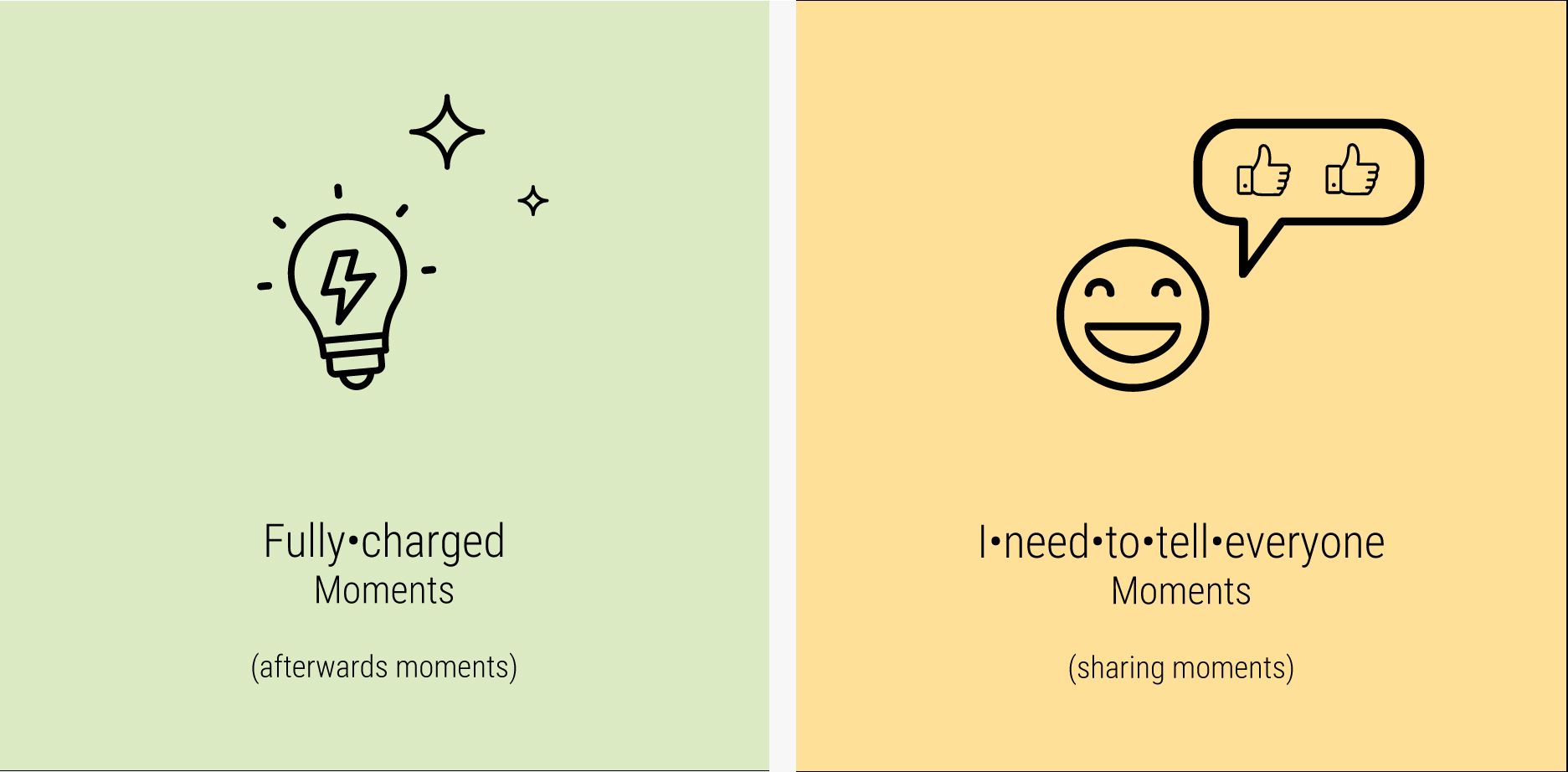
Fully.charged & I.need.to.tell.everyone
Bert returns home satisfied having settled down nicely. Sat in the sunshine, read a book, had a nice meal. That's also what he tells the neighbours when they return and they ask "How was your holiday, Bert?". "The trip went well, we had good weather and the food was quite good. Maybe something for you guys too sometime."
Maika goes back satisfied having experienced something, met and talked to people, lived with the locals for a while. Upon returning home, she tells her friends, shows pictures of special things she has seen and talks about the hike through a mountain cavern, where she fully realised what a humble place she has in the world.
The point will be clear. Bert and Maika are each other's opposites in the model and that, of course, charges the differences. But it is good to realise that the seven groups are so different from each other that they all require different approaches. At every stage of the experience journey and every moment of the travel moments. Pick your target audience, eat into this group and look at your business through their eyes. At your product, your service, your staff, your promotion, the message, the photos, the text and the tone-of-voice. In all areas, you need to optimise it for the target group. Only then will you excel. Then, in a demand market, it is not necessary to compete on price alone, but compete on the optimal fit with the needs of a specific target group. That way, Bert probably won't come to your hostel, but on balance many more Maikas will come. This is the only way you are going to win and survive in the tourism industry, even when things take a turn for the worse.

